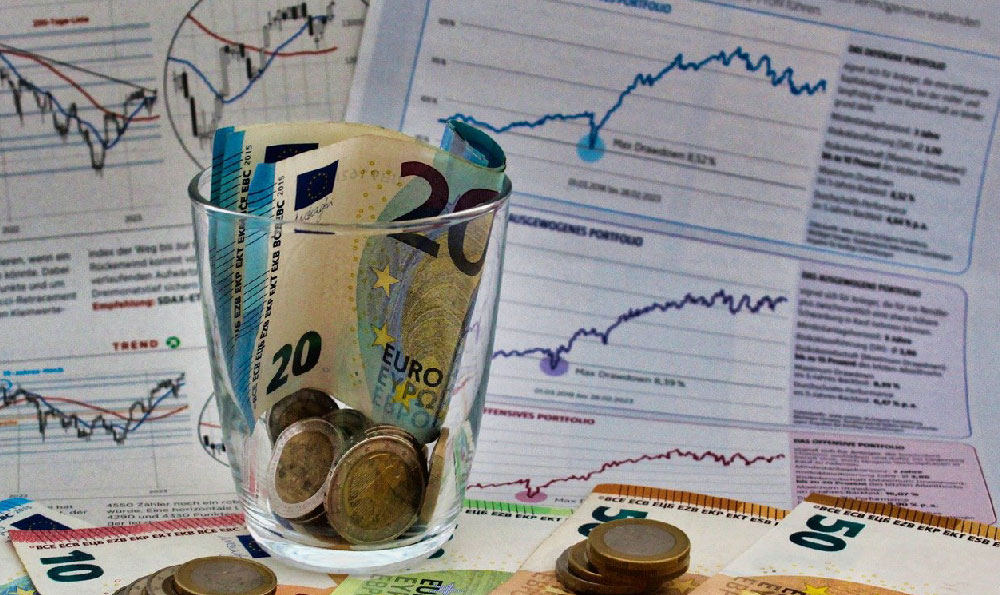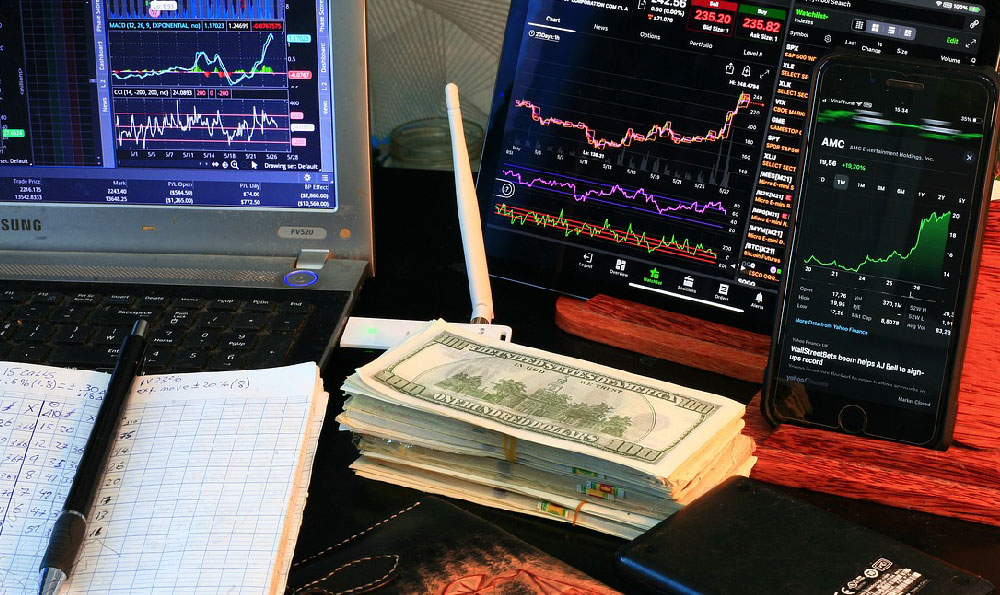Mutual funds and Exchange Traded Funds (ETFs) represent two popular avenues for investors seeking diversified exposure to the market. While both instruments pool money from numerous investors to purchase a basket of securities, their structures, trading mechanisms, and underlying costs diverge significantly, making one potentially more suitable than the other depending on individual investment goals and risk tolerance.
Understanding the fundamental differences is paramount. Mutual funds, traditionally managed by a fund manager, are priced only once per day, at the end of the trading day. This Net Asset Value (NAV) reflects the fund's total assets minus liabilities, divided by the number of outstanding shares. ETFs, on the other hand, trade on exchanges just like individual stocks, meaning their prices fluctuate throughout the trading day, reflecting real-time supply and demand. This continuous pricing offers greater intraday liquidity and the ability to capitalize on short-term market movements.
The way you purchase and sell these investment vehicles also differs. Mutual fund shares are bought and sold directly from the fund company. Transactions occur at the end-of-day NAV. ETFs, because they trade on exchanges, are bought and sold through a brokerage account, allowing investors to use market orders, limit orders, and other advanced trading strategies. This flexibility is attractive to active traders who seek to execute specific trading strategies.

Cost is often a crucial consideration. Mutual funds typically carry higher expense ratios than ETFs. Expense ratios encompass management fees, administrative costs, and other operational expenses. Actively managed mutual funds, where fund managers attempt to outperform the market, generally have higher expense ratios than passively managed index funds. ETFs, especially those tracking broad market indices, tend to offer lower expense ratios, making them a cost-effective option for long-term, passive investors. It’s essential to note that some ETFs may also have brokerage commissions associated with each trade, which can add up, especially for frequent traders.
Tax efficiency is another area where ETFs often hold an advantage. Mutual funds, due to their active management and trading activity, can generate capital gains distributions, even if an individual investor hasn't sold any shares. These distributions are taxable events. ETFs, with their unique creation and redemption mechanism, are generally more tax-efficient. When demand for an ETF's shares increases, authorized participants can create new shares by purchasing the underlying securities. Conversely, when demand decreases, authorized participants can redeem shares by exchanging them for the underlying securities. This process minimizes the need for the fund manager to actively buy and sell securities within the fund, thus reducing capital gains distributions.
Management style is a critical differentiator. Mutual funds can be either actively or passively managed. Actively managed funds employ fund managers who attempt to beat a specific benchmark by actively selecting and trading securities. Passively managed funds, often referred to as index funds, aim to replicate the performance of a specific index, such as the S&P 500. ETFs can also be actively or passively managed, but the vast majority of ETFs are passively managed, tracking various indices, sectors, or asset classes. The choice between active and passive management hinges on an investor's belief in their ability to identify skilled fund managers who can consistently outperform the market. While some actively managed funds may outperform their benchmarks in certain periods, it's challenging to predict future performance, and many actively managed funds underperform over the long term.
Diversification is a key benefit offered by both mutual funds and ETFs. By investing in a single fund, investors gain exposure to a wide range of securities, reducing the risk associated with investing in individual stocks or bonds. However, the level of diversification can vary depending on the specific fund's investment strategy. Some funds may focus on a specific sector, such as technology or healthcare, while others may offer broad market exposure. It's important to carefully review a fund's prospectus to understand its investment objective and the types of securities it holds.
Dividend reinvestment is another factor to consider. Both mutual funds and ETFs typically offer dividend reinvestment plans (DRIPs), which allow investors to automatically reinvest dividends back into the fund, further compounding returns. However, the availability and mechanics of DRIPs can vary depending on the brokerage firm or fund company.
Selecting the right investment vehicle depends on individual circumstances. If you are a long-term investor seeking low-cost, diversified exposure to the market, passively managed ETFs may be a suitable choice. Their low expense ratios, tax efficiency, and ease of trading make them attractive for building a core portfolio. If you believe in your ability to identify skilled fund managers who can consistently outperform the market, actively managed mutual funds may be worth considering, but be prepared to pay higher fees. Active traders who require intraday liquidity and the ability to execute specific trading strategies may prefer ETFs.
Consider your investment goals, risk tolerance, and investment timeframe. Consult with a financial advisor to determine the most appropriate investment strategy for your individual needs. Review the prospectus of any fund you are considering to understand its investment objective, fees, risks, and past performance. Remember that past performance is not indicative of future results, and all investments involve risk. By carefully considering these factors, you can make informed decisions and build a portfolio that aligns with your financial goals. Finally, don’t underestimate the power of dollar-cost averaging with either fund type, investing a fixed amount regularly can help smooth out the impact of market volatility.












